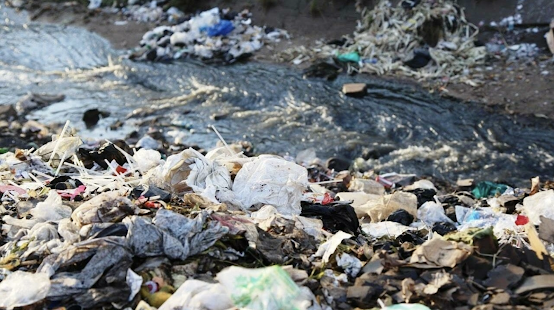Water, Sanitation and Africa. What are these?
Water and Sanitation
Water, Sanitation and Africa. What do these three key words about the blog reminds you? Let's first look into one possible combination -- Water and Sanitation. Does this sound more familiar? Every day, we encounter issues and problems about water and sanitation. This can occur when using soap to wash our hands. By making our hands clean, the transmission of diseases can be reduced. WHO has found that using hand soap can reduce stomach-related illnesses by 50% and respiratory illnesses by 33.3%. Or the scenario can be the water we drink. It is a common sense that contaminated water cause health problems. In Flint, Michigan, it is reportedly that the water supply across the city was contaminated by lead (Pulido, 2016). This has already caused development retardation among children. Not only in the United States, but also in London, water and sanitation were a challenge during the cholera outbreak. John Snow discovered the correlation between the contaminated water pumps and the spread of the disease. This spatial correlation founding stresses the significance of a communal water pump when it comes to a case that households do not have individual access to water supply.
Water and Sanitation in Africa
Now, adding in "Africa", we turn to see how water and sanitation pose challenges in this continent. The above problems concerning with hand sanitation and contamination present. Problems about hygiene has been a sore for Africa's policymakers. Since the 1960s, illnesses caused by pathogenic microbes rampant. Research found that this can be prevented by improving hygiene behaviour. For example, handwashing with soaps. However, reported by UNICEF in 2020, about 63% of the population, or 258 million people, that live in urban regions in sub-Saharan Africa lack access to handwashing facilities. In urban regions in South Africa, about 47% of the population, or 18 million people, do not have basic handwashing facilities at home. These figures do not tell a strong story about the development of sanitation in Africa. Lacking the infrastructure, even if the hygiene behaviour is presumably improved, the problem is still not solved.
Stories about water contamination in Africa can be easily found online. A quick search in the engine pops millions of stories alike the Flint case. In Nigeria, a mother found her baby crying when drinking water from a nearby river. Later, she acknowledged that this was because the water was contaminated and caused diarrhea (Global Citizen). Not only the surface water, but also the ground water in Africa is contaminated heavily. In Gaye and Tindimugaya's research about the groundwater issues and problems, they highlighted that groundwater was under increasing threat of pollution. The pollution comes from all kinds of trendy social activities happening in Africa, such as urbanisation, industrial development, agricultural and mining activities.
To watch the full story of the Nigeria's mother and how her people rally for clean drinking water. Click here.



Thanks for this fluent and well illustrated opening post. As a hydogeologist, I will point out that the use of Thiessen polygons to "estimate the influential area of wells" at the time of cholera epidemic mapped by John Snow is fundamentally flawed (but makes for a nice shading). References to key studies and Wainaina's article here are well chosen.
ReplyDeleteThank you! Your point of view as a hydrogeologist is interesting and provoking. It nicely shows how deeply connected we are by the water system in an urban settings -- one thing we naturally neglect as we are too used to the artificial works in urban regions.
Delete